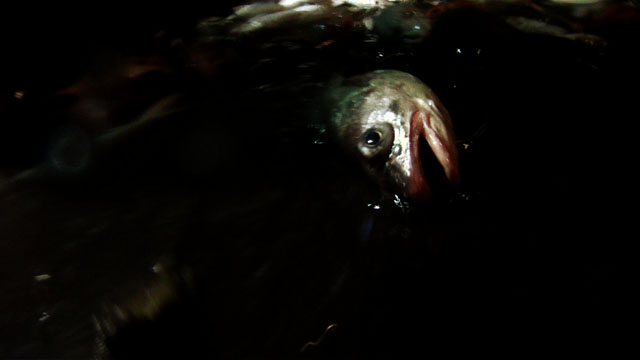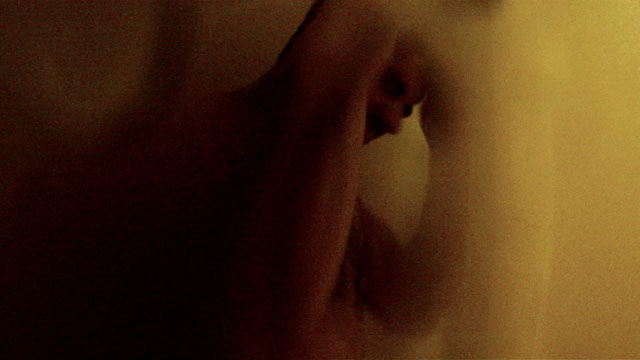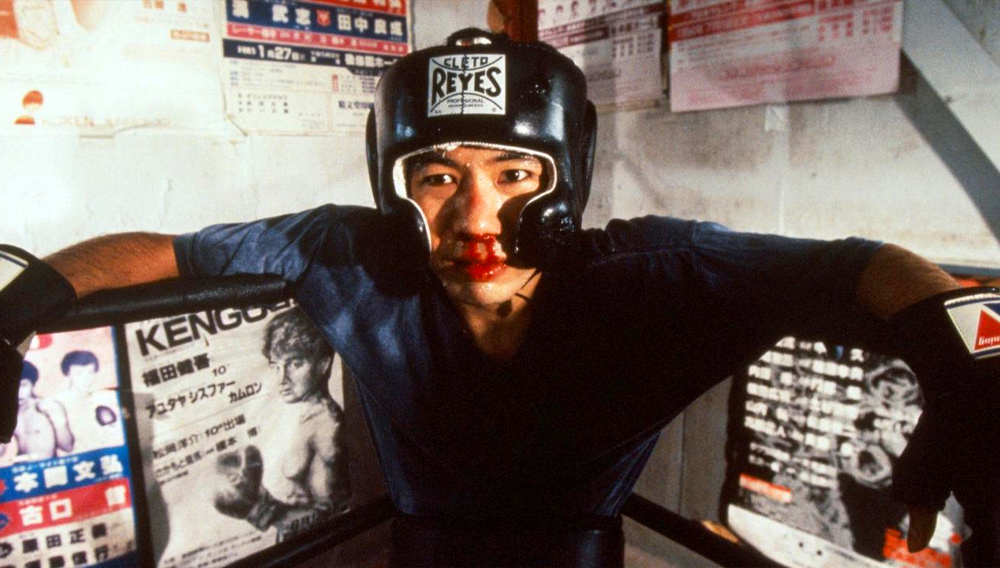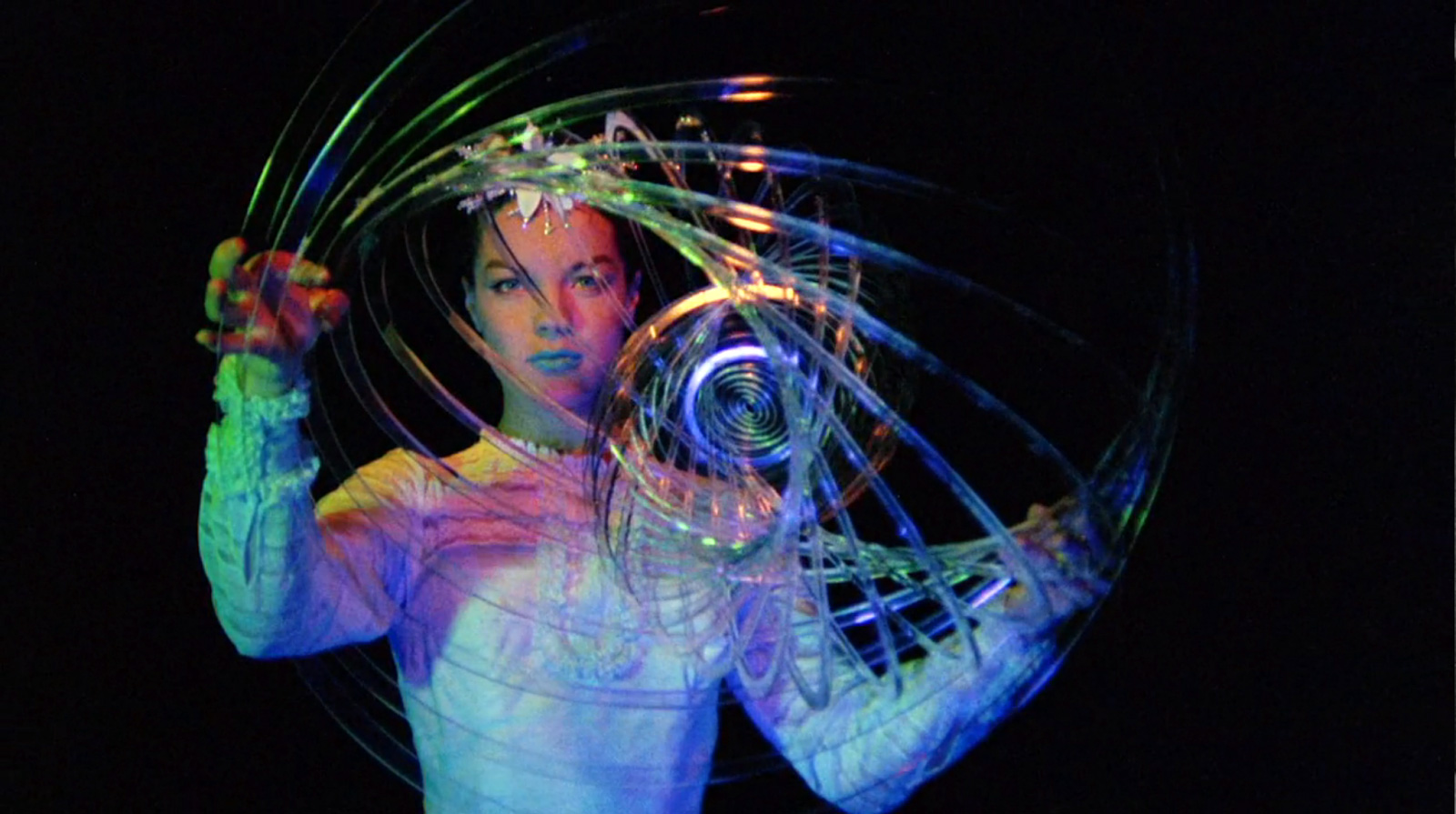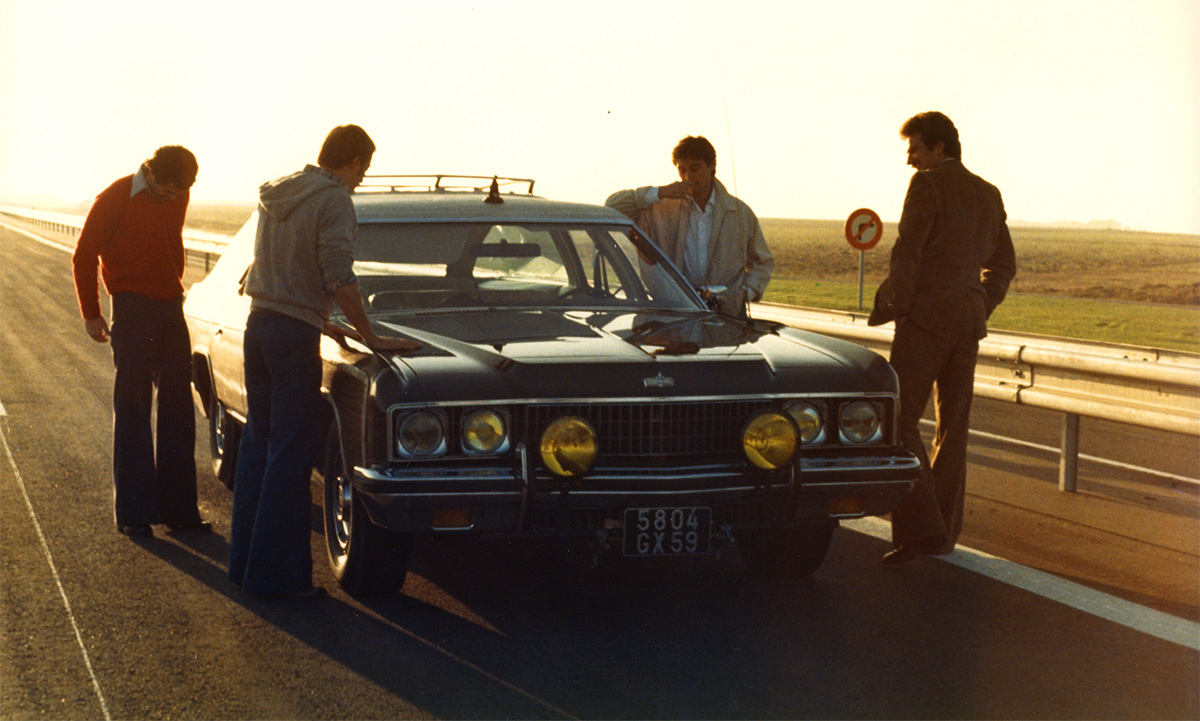We should begin by returning to Dennis Lim‘s piece on Harvard’s Sensory Ethnography Lab that appeared in the New York Times a couple of weeks ago. Lucien Castaing-Taylor, Director of the Lab as well as Harvard’s Film Study Center, and his associates and students “challenge the conventions of both ethnographic film and documentary in general” by emphasizing the “sensory” as intensely as the “ethnography.”
Teaming up with Véréna Paravel, Castaing-Taylor originally intended to explore the fishing industry in New Bedford, MA, and shot 50 hours of footage on land before they were invited out to sea:
“Once we started filming on the boat, we lost interest in land,” Mr. Castaing-Taylor said. “There was something going on out there that was much more cosmic and profound.”
In rough seas and frigid temperatures nearly 200 miles off the coast, perpetually wet and rarely sleeping more than two hours at a stretch, the filmmakers faced constant reminders that fishing has one of the highest mortality rates of any occupation. Mr. Castaing-Taylor was seasick much of the time; Ms. Paravel was so physically battered from the outings that twice she had to be taken to the emergency room upon returning. They made six trips in all, each one lasting up to two weeks.
“The film became a physical reaction to the experience of being out at sea,” Ms. Paravel said.
The film is Leviathan, “a radical, nonlinear portrait of deep-sea fishing so immersive it can only be called baptismal,” writes Michael Sicinski in MUBI’s Notebook. “It does not describe so much as delve, dodge and parry, plunge into darkness and wait patiently for some spark of revelatory light. Shot with small, lightweight cameras affixed to various parts of the vessel, Leviathan thrives on withheld information, but to even trot out a word like ‘information’ prompts immediate misunderstanding, implicitly filing Castaing-Taylor and Paravel’s effort somewhere along the continuum of documentary. In fact, what they accomplish is more akin to four-dimensional painting, the registration of deep black space and its pulsating maw, the white hot moonlight that glints off a night sea and belies all pieties about Romantic beauty, serving to illuminate only the power and horror of the ocean’s vast indifference.”
Phil Coldiron in Cinema Scope: “Both Sweetgrass (made by Castaing-Taylor with Ilisa Barbash, 2009) and Foreign Parts (made by Paravel with J.P. Sniadecki, 2010) are elegies for communities at the edge of irrelevance: a group of Montana cowboys in the former, a slum economy in the latter. They’re stories of what happens at the business end of progress—industrialization, gentrification—where jobs are lost, homes are destroyed, lives are set adrift. Both are, in their sense of commitment, their perspicacity, exceptional films, doubly commendable for offering a record of what’s been lost to mindless forward motion. Still, both also can’t help but tell old stories: lives spoken, journeys taken, landscapes and junkyards we know even if we don’t. What sets Leviathan apart is its ability to present the world, now, anew; until we’re out from under the weight of all these narratives—which in the digital age only proliferate—it’ll remain just as urgent. At the heart of all this is a very old, simple argument: that to know the world is to first know its beauty.”
Handy GoPro cameras are “strapped to everything from members of the crew to ropes tethered to the ship’s hull and thrown overboard to dead fish floating on the deck itself, [making] Leviathan… one of the most uniquely fashioned films ever produced,” notes Jordan Cronk at the House Next Door.
“Functioning as a quasi-sequel to Michael Snow’s landmark (pun kind of intended) La région centrale, Leviathan thrashes the camera erratically in any and every which direction,” writes Blake Williams: “space is spun, flipped, and exploded to often vertiginous effect, to the point where I felt like I was going to fall out of my seat on a few occasions (oh how I would kill for an IMAX screening). One could even say that Castaing-Taylor and Paravel one-up Snow by allowing the apparatus to puncture the surface below (the ocean), revealing an entirely new, mirrored space to be whisked through…. There will be decades-worth of imitators.”
“Scaly, feathered, rusty textures, flesh battered and tattooed, even the most familiar surface is like a part of a huge, glistening demon,” writes Fernando F. Croce, back in MUBI’s Notebook. “Often suggesting Franju’s Le sang des bêtes aboard Melville’s Pequod, it’s a thing of propulsive, infernal force.” And Notebook editor Daniel Kasman turns it up a notch, arguing that Leviathan “no doubt fails to document and instead purely invents a state of experiential and perceptual existence on the edge of incoherence, chaos, and death…. [T]he men of the ship appear for the longest time as mere slickers in the dark… but later we see these men full-faced in clear images, and like a steady, highly lucid shot taken from a crane vantage point, these sequences lay out the human participants and the ship’s true shape in ways antithetical to the rest of the film’s pursuit of destroying space, obliterating time [a major point for Phil Coldiron, by the way], taking away from activities their purpose or results, and instead conceiving the ship, the fishermen, the fish, the fishing, the sea as a world perpetually twirling on the edge of an abyss.”
“It’s a little like Workingman’s Death, as reinterpreted by Gaspar Noé,” suggests Noel Murray, who gives Leviathan an A- at the AV Club. More from Philip Brown (Little White Lies) and Eric Lavallee (Ioncinema, 4/5).
Leviathan premiered in Locarno, coming away with raves but no awards; Adam Cook, who’s interviewed Paravel for the Notebook, noted in Filmmaker: “Apparently, [jury president] Apichatpong Weerasethakul did not like the film for having been unable to sense the presence of the directors within the film, which is valid, but for me an interesting part of this often alien encounter.” In Toronto, Leviathan screened in the Wavelengths program and landed on critics’ favorites lists at Cinema Scope and Criticwire. Next stop: The New York Film Festival, where it screens on October 13. And at indieWIRE, Jay A. Fernandez reports that Cinema Guild has picked up U.S. distribution rights; the theatrical release is slated for early next year.
Toronto 2012: a guide to the coverage of the coverage. For news and tips throughout the day every day, follow @KeyframeDaily on Twitter and/or the RSS feed. Get Keyframe Daily in your inbox by signing in at fandor.com/daily.

